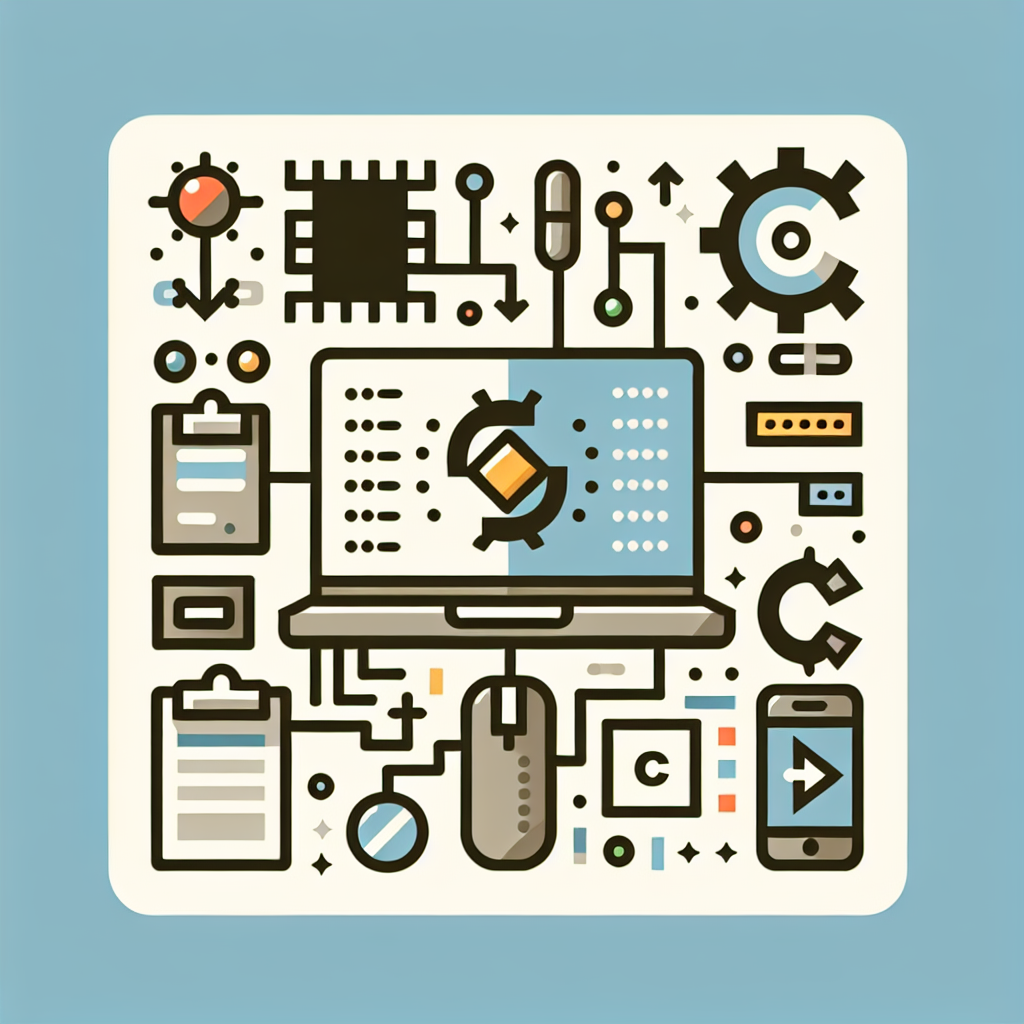Convert Assembly to Objective-C: Efficient Tool Guide
Transform assembly language to Objective-C effortlessly with our cutting-edge tool. Boost efficiency and streamline code conversion. Try it now for seamless results!
Source Code
Converted Code
Output will appear here...
Transform complex assembly language code into efficient Objective-C with our specialized conversion tool. Ideal for developers seeking seamless integration and enhanced app performance, this tool streamlines the migration process by providing accurate translations and optimizing code structure. Boost productivity and maintain code integrity with our user-friendly solution, perfect for modern app development and legacy system upgrades.

Assembly Language to Objective C Conversion Tool Link to this section #
Unlock the power of your low-level assembly code by converting it to the high-level, readable structure of Objective-C. This specialized tool is designed for programmers and software engineers who seek to migrate or integrate assembly routines into Objective-C projects, enhancing maintainability and scalability.
Key Features Link to this section #
- Code Translation: Efficiently transform assembly language instructions into Objective-C syntax, preserving functionality and logic.
- Integration: Seamlessly incorporate converted code into existing Objective-C applications.
- Optimization: Optimize translated code for performance and readability.
Why Convert Assembly to Objective-C? Link to this section #
- Maintainability: Objective-C is easier to read and maintain compared to assembly, making collaboration and updates simpler.
- Portability: Objective-C is versatile across different Apple platforms, enhancing your code's reach.
- Productivity: High-level languages like Objective-C increase development speed with robust libraries and tools.
Example Code Snippet Link to this section #
Transform a simple loop from assembly to Objective-C:
Assembly Code:
section .data
msg db "Hello, World!",0
section .text
global _start
_start:
mov rax, 1
mov rdi, 1
mov rsi, msg
mov rdx, 13
syscall
mov rax, 60
xor rdi, rdi
syscall
Objective-C Code:
#import <Foundation/Foundation.h>
int main(int argc, const char * argv[]) {
@autoreleasepool {
NSLog(@"Hello, World!");
}
return 0;
}
Benefits of Using This Tool Link to this section #
- Efficiency: Save time with automated conversion, minimizing manual rewriting.
- Accuracy: Reduce errors commonly associated with manual assembly to Objective-C translations.
- Scalability: Adapt old codebases to modern development environments effortlessly.
Leverage this tool to streamline your development process, ensuring your legacy assembly code integrates smoothly into modern Objective-C projects. For further learning, explore Apple's Objective-C documentation and assembly language basics.
Frequently Asked Questions
What are the key differences between assembly language and Objective-C?
Assembly language is a low-level programming language that provides a direct interface to a computer's hardware, whereas Objective-C is a high-level programming language that adds object-oriented features to C and is primarily used for macOS and iOS app development. Assembly offers fine-grained control over system resources, while Objective-C simplifies application development with its rich set of libraries and frameworks.
Can you convert assembly language code to Objective-C?
Direct conversion from assembly language to Objective-C is not straightforward due to the fundamental differences in abstraction levels. Assembly language operates at a low level, closely managing hardware operations, while Objective-C is a high-level language focused on building applications. However, you can manually translate the logic by understanding the assembly code's functionality and then implementing the equivalent logic in Objective-C using appropriate libraries and APIs.
Why might a developer need to understand both assembly language and Objective-C?
Understanding both assembly language and Objective-C can be beneficial for optimizing performance-critical sections of code and debugging at a low level. While Objective-C is used for high-level application development, knowing assembly can help developers write more efficient code, troubleshoot hardware-specific issues, or integrate complex functionalities that require direct hardware manipulation.